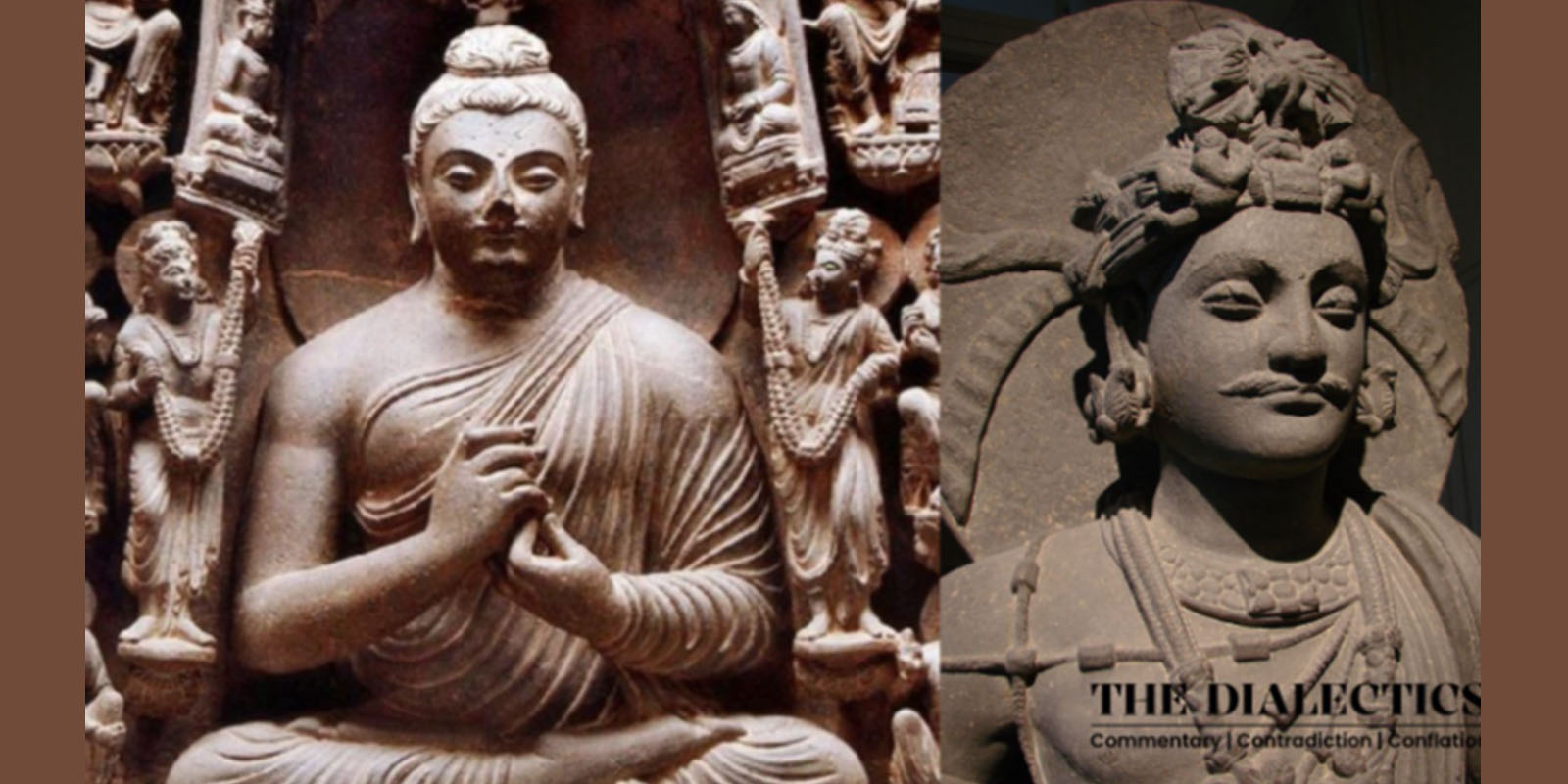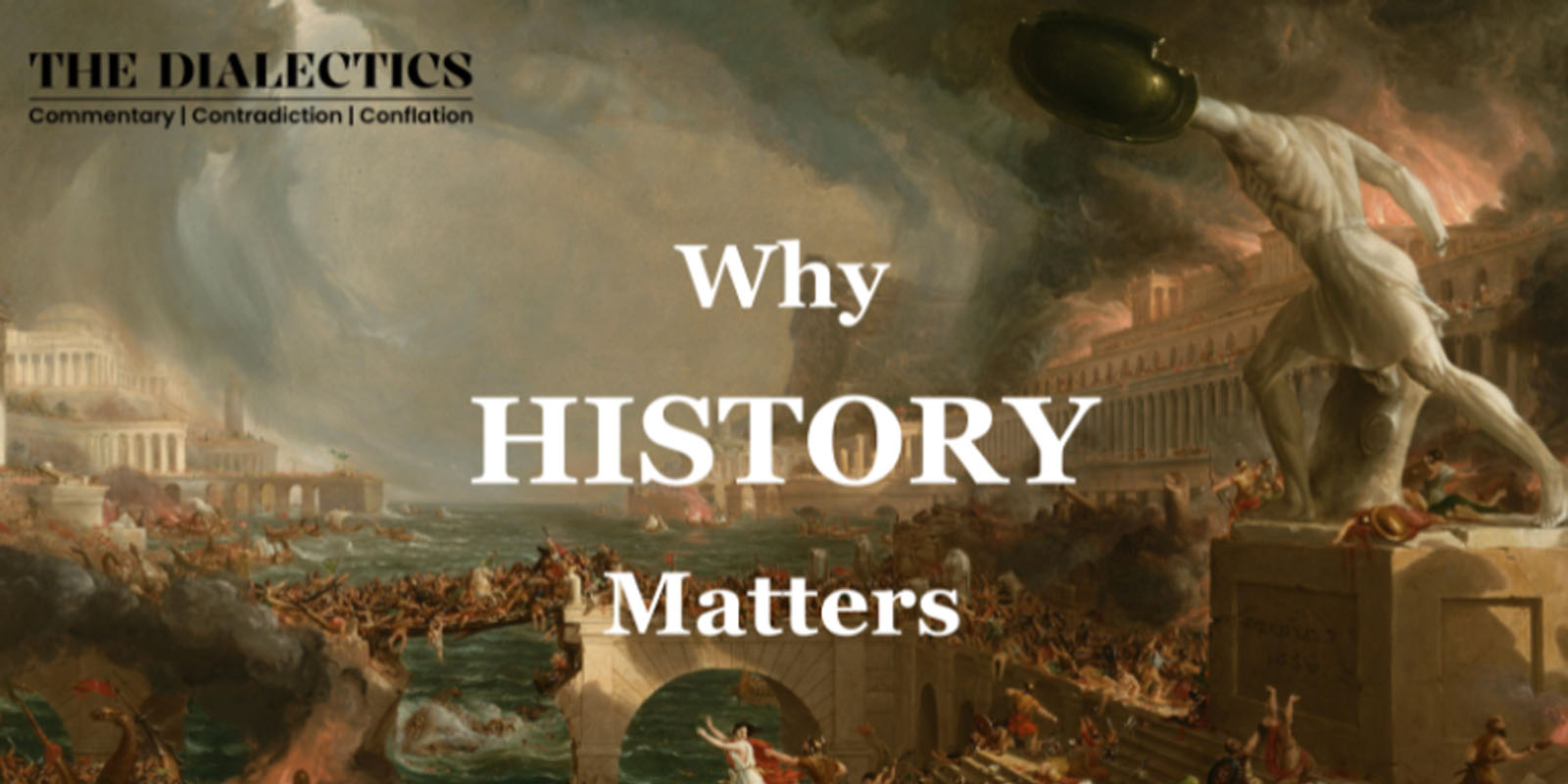India’s art is more original and more varied and her forms of civilisation present an ever-changing variety, such are nowhere else to be found. India is a living entity. India is a complete cosmos in itself. India’s west, having one door of communication, across the Indus, was open to the outer world. Across that stream, nation after nation have poured their myriads into her domain. However, no reflex waves ever mixed her people with those beyond her boundaries. (Fergusson 1910, 4). India’s artistic heritage is rich spanning various forms such as paintings, sculpture, pottery and textile art. Gandhara art holds a significant place in Indian art history. Flourished in the region of Gandhara, this artistic style blended elements from Greek and Buddhist tradition symbolizing cross-cultural exchange. India’s artistic transformation was influenced by its contact with the Western world. First Alexander’s expedition brought India into the interaction. Later, the establishment of the Bactrian Kingdom nearby continued this exchange. This connection ensured pinpointing the ways Western art influenced Indian art, where we see Greek influence on Indian coinage, sculptures, and architecture.
The Gandhara School of Art flourished in two stages in the period from 50 BC to 500 AD. The former school was known for its use of bluish-gray sandstone, the latter used mud and stucco for making the sculptures. The influence of the West upon Indian art is visible in various designs sculptured on pillars, for example, the anthemion and honeysuckle on the capitals. The frequent use of Corinthian columns and pilasters, crowned with leafy capitals, reflects the lineage from Greco-Roman architecture.
Influence of Greek in Stambha
Stambhas or Lats are found across various architectural styles. The oldest authentic examples of these lats are those that king Asoka set up in the twenty-seventh year after his consecration, the thirty-first of his reign. The most famous Lats was the one taken from Topra from Ambala district, Firoz Shah Tughlak set it up in 1356 at his Kotola in Delhi. In the Champaran district, there are two other lats or stambha located in Radhia and Mathia. The most complete shaft is the one discovered in 1837, lying on the ground in the fort at Allahabad. The shaft of this last is unique. It starts at over three feet wide at the base and tapers to about 2 feet 2 inches at the top. Interestingly, it resembles the tapering shape of a tree stem, like that of a deodar pine. It lacks its original crowning ornament yet the necking still remains, resembling the honeysuckle ornament commonly used by the Greeks with the Ionic order. It may have been borrowed through Persia from Assyria where the Greeks originally encountered it.
Capital found at Patna
In “the report on the excavation of Pataliputra (Patna)” by L. A. Waddell highlights many examples of Greek influence on Indian architecture. In the Bulandi Grove, a remarkable stone was discovered during the excavations. The capital measuring 49 inches in length and 33 inches in depth was of extreme interest. It has a suggestively Ionic outline, it seems to exhibit a transition stage from the early Assyrian of Persepolis to the Corinthian order. It is adorned in Greek style with the typical beading and honeysuckle. It is a telling testimony to the strong Western influence in the very early times of Pataliputra. ( Waddell 1903, 41).
Bas-relief at Jamal Garhi
The bas-relief at the monastery at Jamalgarhi boasts an exceptional feature. A series of sixteen bas-reliefs embellish the front of the steps leading from the pantheon or vihara to the circular court. Each bas-relief is carved depicting scenes with twenty, thirty or forty figures. General Cunningham discovered a dozen Corinthian capitals. The capitals of Jamalgarhi exhibit characteristics such as their foliage leaning more toward Greek influence, yet their volutes and overall design resemble Roman elements. Moreover, Buddha is depicted resting within a typical Roman-Greco column, showcasing the fusion of Indian, Roman and Greek traditions, which is the hallmark of the Gandhara style.
The Buddha Figure
The Buddha was the single most important figure to be represented in Gandhara art. Buddha is depicted wearing garments that resemble monastic robes. In earlier images, the Buddha is occasionally shown with a mustache. Notably over time, the Buddha’s head is consistently backed by a ‘nimbus‘ (halo), a motif that may find its origins in Graeco-Roman depiction of luminous divinities. His youthful and serene countenance often echoes and at times closely resembles Graeco-Roman depictions of heroes and gods. Notably, the resemblance between Apollo the radiant young god of light and his divine sister Artemis is striking.
The Four Lion Emblem
The influence of Hellenistic art on Indian sculpture is evident, particularly in the Lion Capital in Sarnath. The famous sculpture of four-lions has acquired great popularity since being adopted as the national emblem of India. Weighing five tonnes and about seven feet in height, was effectively joined to the pillar by a 2 feet (60 cm) long cylindrical copper dowel, toned accurately into the shaft and sculpture without use of any cementing material. The four lions seated back to back on a circular abacus showcase characteristics that align with Hellenistic artistic principles. The abacus includes a finely carved depiction of a twenty-four-spoked chakra, symbolising the Dhammachakra in Buddhist art. The abacus is supported by an inverted lotus capital, with each petal sculpted to show density and neat carving. The Gandhara art stands as a remarkable fusion of Buddhist themes and Hellenistic influence on Indian art. The puzzling connection of Gandhara art with the art traditions of far-distant parts of the ancient world, more specifically the classical art of the Greeks is remarkable. When Gandhara art was rediscovered in the nineteenth century, particularly by soldiers and officials of the British Empire, they were in fact astonished by the western links with the Gandhara art. The ancient region of Gandhara, situated in present-day Pakistan and Afghanistan was at the crossroads of cultural interactions, where Hellenistic influences met ancient Indian traditions. When Greek realism encountered local themes, they merged to create a distinctive Gandharan Buddhist art style. This fusion is evident in the heightened realism, softening of features, and naturalistic treatment of musculature and drapery in Gandharan sculptures. The legacy of classical Greek form left a remarkable mark on this unique artistic expression.
Author
-

Yashasvi holds her Master’s degree in History from Goa University. She is recognised for her insightful analysis and unique writing on History, culture and society.
View all posts




